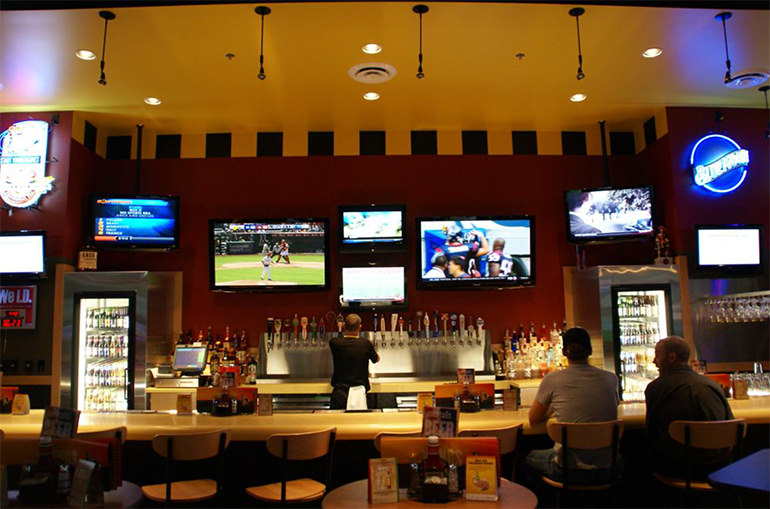Ideal Tactics for Positioning Security CCTV to Enhance Surveillance Effectiveness
Ideal Tactics for Positioning Security CCTV to Enhance Surveillance Effectiveness
Blog Article

Placing security cameras efficiently remains crucial for enhancing monitoring in different environments, including homes, commercial properties, and community spaces. The main goal of surveillance cameras is to discourage crime while also provide evidence during case of events. To achieve this, it becomes essential to take into account several elements, including camera location, range of vision, and the particular areas that require oversight. By understanding these factors, individuals as well as entities can create a comprehensive monitoring strategy that optimizes the efficacy of their security solutions.
One of the first steps in placing security systems is to determine key locations that need surveillance. Vulnerable areas, such as entry points, exits, vehicle lots, as well as areas with high-value assets, should be given priority. It is crucial to consider areas not visible, which may be locations that may not be seen from certain perspectives. By mapping out these key locations, surveillance staff can ensure that all nook is observed, reducing the likelihood of criminal actions going unnoticed. Additionally, installing cameras at key points can assist form a comprehensive perspective of the premises, enabling for better overall surveillance coverage.
The viewing angle of a security system is another crucial factor to take into account. Different kinds of surveillance systems provide varying ranges of view, that can affect how much space is captured in the video. For instance, broad-view cameras can cover larger spaces, making them ideal for spacious areas, while pan-tilt-zoom cameras can be adjusted to concentrate on particular details. When positioning surveillance systems, it is important to choose the appropriate type based on the area being observed. This ensures that the camera can record sharp images and provide valuable information in the event of an incident.
Height and tilt of mounting also play a significant role in the effectiveness of surveillance systems. Surveillance systems should be mounted at a height that is out of reach of possible tampering but also enables for from this source unobstructed visibility of faces and other identifying details. A typical suggestion is to install cameras at least 8 to ten feet off the ground. Additionally, the angle at which the camera remains set can affect its ability to capture important information. Surveillance systems must be angled to reduce reflection and prevent obstructions, ensuring that they can record sharp video at all times.
In conclusion, routine maintenance and improvements to the surveillance camera is crucial for sustained efficacy. This includes inspecting system functionality, cleaning optics, and ensuring that firmware remains up to date. Frequent evaluations of the surveillance strategy can assist identify any new areas not visible or locations that may require extra coverage. By staying vigilant and making necessary adjustments, people as well as entities can enhance their monitoring effectiveness and ensure that their surveillance systems continue to fulfill their intended purpose.